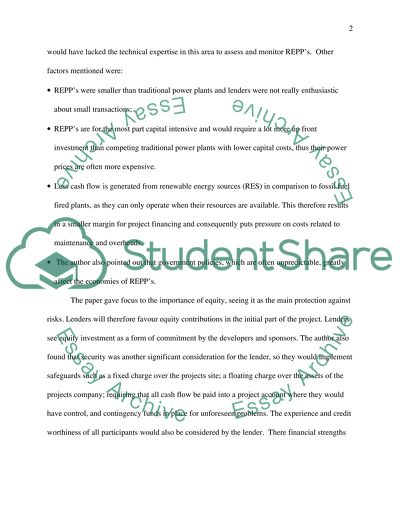Cite this document
(“Renewable Energy Literature Survey Dissertation”, n.d.)
Retrieved from https://studentshare.org/family-consumer-science/1407404-renewable-energy-literature-survey
Retrieved from https://studentshare.org/family-consumer-science/1407404-renewable-energy-literature-survey
(Renewable Energy Literature Survey Dissertation)
https://studentshare.org/family-consumer-science/1407404-renewable-energy-literature-survey.
https://studentshare.org/family-consumer-science/1407404-renewable-energy-literature-survey.
“Renewable Energy Literature Survey Dissertation”, n.d. https://studentshare.org/family-consumer-science/1407404-renewable-energy-literature-survey.


